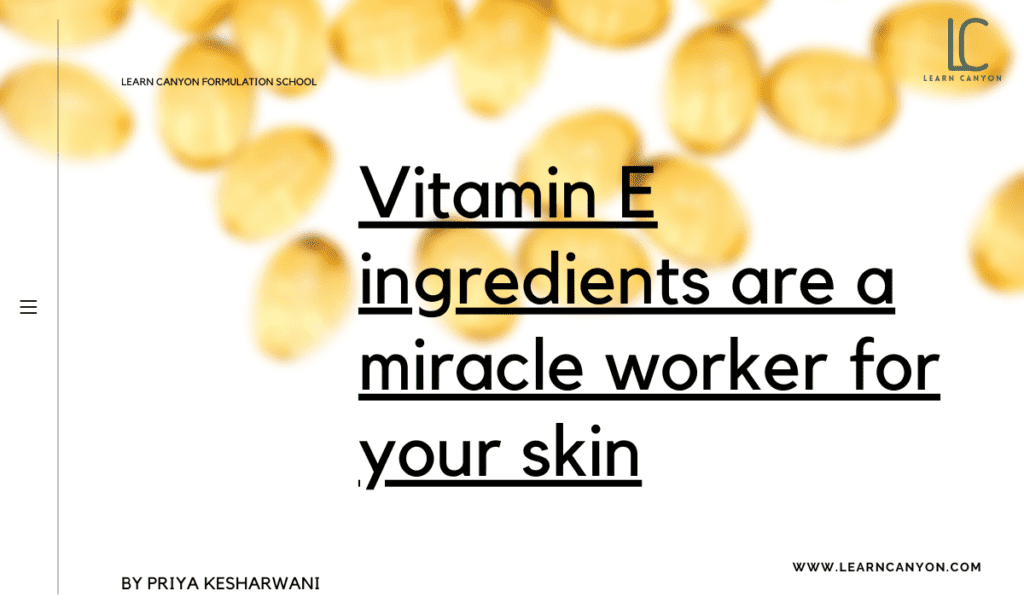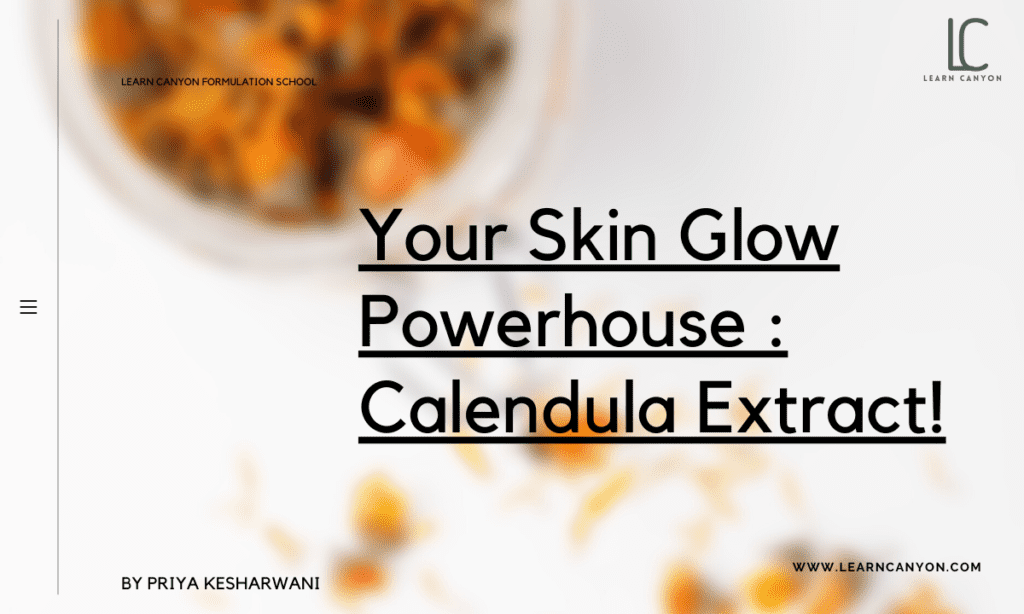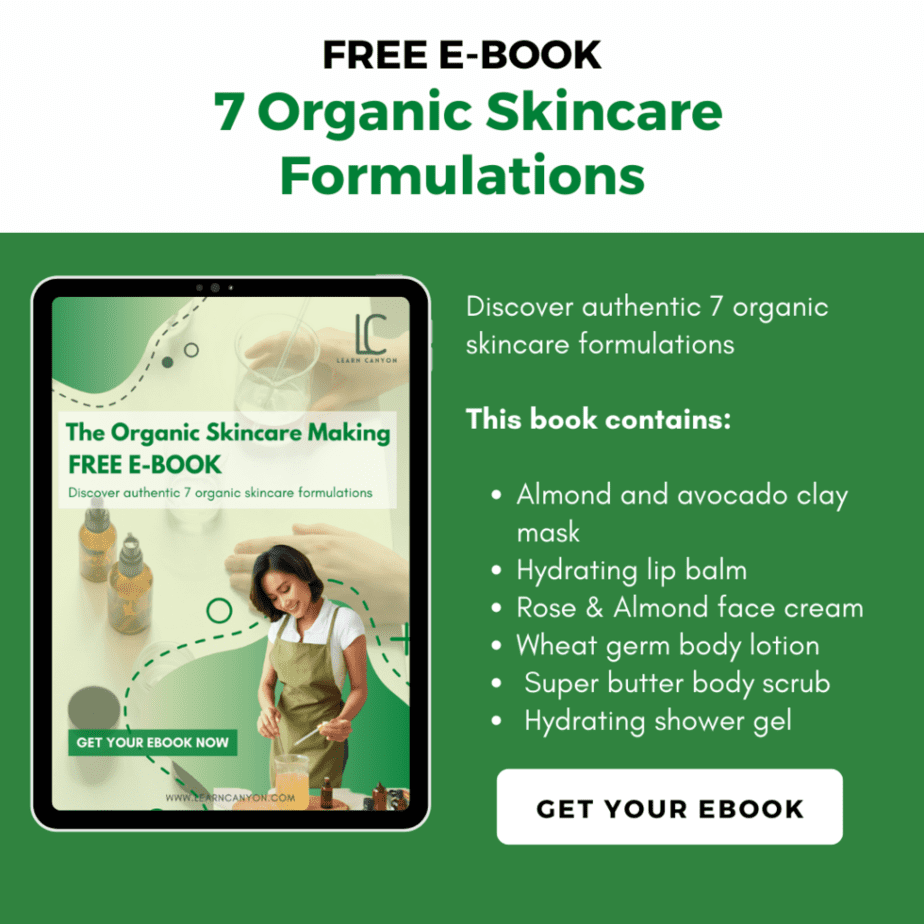
Honey
Honey is used in skincare formulas as a natural Liquid Gold
Using raw honey on your skin may seem strange at first, and what exactly is the benefit of it being raw?
So, keep reading to find out everything you need to know! What makes raw honey a superfood and why it’s so healthy for your skin are just two of the numerous advantages and unexpected facts about honey.
Honey has been an important element of our culture for millennia. Honey was given to the gods by the ancient Egyptians. Even Queen Cleopatra, who was famous for her beautiful beauty, bathed in milk and honey to keep her skin looking young and vibrant, so if it’s good enough for royalty, it’s good enough for us!
What is honey?
We enjoy a drop of honey on top of a hot cup of tea or our favourite yoghurt, but did you know that honey has some amazing skin-care advantages when applied topically?
You might be wondering how this pantry item might help your skin. Here’s what you need to know about it and how to incorporate it into your beauty routine properly.
Honey is a sticky, thick liquid produced by bees from nectar collected from flowers. While it’s best recognised as a sweetener for foods and drinks, it also has a number of therapeutic applications, which is why it’s often referred to as “liquid gold.”
| What is it? | Bees create honey, which is a viscous liquid made from blossom nectar. |
|---|---|
| INCI | MEL |
| Appearance | Colourless to dark brown |
| Texture | Viscous liquid |
| Recommended Usage | 1.0-10.0% |
| Solubility | Water soluble |
| Melting point | 40 to 50 °C (104 and 122 °F) |
| Boiling point | 70 to 110 °C (158 and 230 °F) |
| pH | 3.5 and 5.5 |
| Aroma | Floral, fruity, smokey, woody, spicy, nutty, or earthy notes are all possible. |
| Why do we include it in formulations? | Honey includes enzymes, antimicrobial agents, amino acids, and lactic acids, all of which assist to detoxify and exfoliate the skin gently without drying it out. |
| How to work with it? | Included in the formulation's water phase. |
| Applications | Honey is a moisturiser, humectant, antimicrobial, and flavorful agent for the skin. Honey may generate a layer on the skin that permits moisture to be maintained and the skin to be rehydrated by adding it to your cosmetic composition. |
| Absorption rate | Fast |
| Strength | It's a natural sweetener made up of glucose, fructose, sucrose, and other sugars. |
| Weaknesses | Inexpensive, low-cost, and frequently used |
| Substitution | Brown sugar or sugar |
| How to store it? | Keep it in a cool, dry place (between 70 and 80 degrees). It should be kept in a dark environment. |
| Shelf life | Honey has a two-year shelf life if properly stored and sealed. |
| Type of ingredient | Humectant. |
|---|---|
| Main benefits | Antimicrobial, hydrates and moisturises skin, calms irritation, and cleanses pores. |
| Who should use it | It is useful to all skin types, but it is especially beneficial to dry, sensitive skin. |
| How often can you use it? | The amount of product to use is determined on the type of skin problem. As a treatment, it can be used at any time of the week. |
| Works well with | Honey can be used on its own, but it must be raw, natural, and active. |
| Doesn't work with | Other pantry staples, such as lemon, baking soda, and cayenne pepper. |
| How to use | Incorporated during the oil phase |
Mechanisms of action
Honey helps to deeply penetrate the skin, soften the skin layers, and work to eliminate impurities from pores, including dirt that causes blackheads, because it has antioxidants, antimicrobial, and antibacterial characteristics, as well as moisturising benefits.
By directly providing water to the skin from their water phase and increasing occlusion to reduce trans-epidermal water loss, moisturisers improve skin hydration and increase stratum corneum water content.
They also cover small skin fissures, provide a soothing protective film, and protect skin from friction.
Benefits of honey
We’re often advised that avoiding sweets is the key to having amazing skin. What if we told you there’s one delectable treat that your skin will go crazy for? Yes, you guessed correctly! We’re talking about honey consumption and application for skin benefits.
- It hydrates the skin deeply.
Honey has a natural moisturising effect on the skin, thus no oil is required. Honey’s enzymes aid absorption into the skin, allowing it to deeply hydrate. Honey is a natural humectant, which means it can both pull out and retain moisture, which is great for your skin.
- Pore-cleansing
Honey is high in antioxidants and antibacterial characteristics, and it opens pores naturally, making it easier to clean and maintain your skin. Honey’s enzymes act as a natural exfoliant, removing dead skin cells that can block pores.
- It is gentle on the skin
It’s ideal for people who have sensitive skin. Honey is a perfectly natural ingredient, so as long as it isn’t blended with components you don’t recognise, it’s ideal for those with allergies.
- Rejuvenation
Honey is rich in probiotics, antioxidants, minerals, and enzymes that nourish and plump the skin. Think about antioxidants as a great defence against wrinkles and fine lines.
- Exfoliator with a little touch
Honey is high in antioxidants, which help to nourish and moisturise your skin. It crystalizes when it comes into touch with water or the heat of your skin. These tiny crystals function as a gentle exfoliant for your skin, removing debris and dead skin cells.
- Gives skin a healthy shine and brightens the complexion
Finally, with all of the above benefits, how could you not have a natural glow? Honey keeps your skin naturally clean, bright, and moisturised, leaving you with a radiantly fresh complexion.
Side effects of honey
Although honey is generally safe for use on the face, some persons may be allergic to it or one of its components. If you have a known allergy to pollen or celery, you may be more prone to react to honey. If you’re not sure if you’re allergic to honey, try a patch test on your skin before putting it on your face. To carry out a patch test
How to use it in formulation?
Honey can be used as a humectant in cosmetics to prevent moisture loss, as well as a scent and skin conditioner. Honey, especially when blended with a mild oil, is effective at removing makeup residue. To get an easily spreadable texture, combine honey with jojoba or coconut oil. To release makeup and clear pores, rub it into your skin, avoiding the eyes. Warm water should be used to rinse. Incorporated during the oil phase.
Work well with other ingredients
Honey can be used on its own, but it must be raw, natural, and active.




